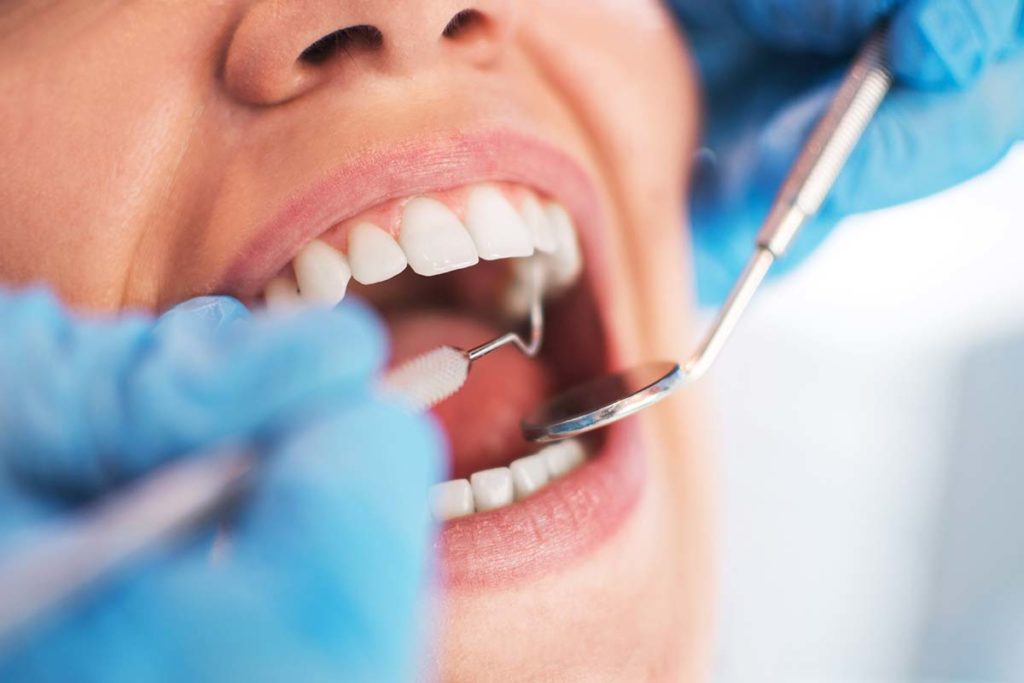REMOVING ROOT FILLED TEETH
Most people consider tooth removal a simple procedure with no consequences except pain and tooth loss. This is not so.
A poorly healed extraction site can leave residual, life long problems due to the formation of bony cavitations or osteitis.
REMOVING ROOT FILLED TEETH
What are the differences with conventional procedures?
All extractions are surgical. This means that in all cases we mobilize the soft tissue and reshape the hard tissue (bone) to achieve primary wound closure. This means that we manipulate the gum to cover the socket. All wounds anywhere in the body heal better if covered. The cavity left by a molar has a slightly larger area than a $2 coin (and is much deeper). A wound on your arm that big would require sutures (stitches), we contend that the mouth is no different. Covering the wound helps protect the blood clot.
We also remove some of the bone in the socket (curettage). This creates bleeding which helps form a well developed blood clot in the socket (essential for healing) and perturbs and removes the toxic bone around dead teeth.
We use homoeopathics post surgically to speed up healing. Occasionally we inject remedies into the sockets (e.g. Notokehl, Arthokehla).
All wounds are injected or irrigated with plain local anaesthetic post surgically. This is a technique called Neural Therapy. We do this to help healing, prevent infection, reduce post surgical pain and most significantly help prevent the generation of cavitations and neurologically significant scars (see Neural therapy).
The result: most patients experience significantly less pain than the conventional technique for smaller teeth frequently no pain control (analgesics) are needed. For more significant procedures for example wisdom teeth, there seems to be a 60-70 % reduction in post-surgical pain.
Other Considerations
Poorly healed extraction sites can generate cavitations or osteitis in the bone. Frequently the disturbances created follows acupuncture meridians. Therefore, as an example, wisdom teeth can affect heart, low back and energy metabolism. These we have had occasional patients resolve unexplained heart disturbances and fatigue problems by retreating poorly healed extraction wisdom teeth sites.
If a tooth is abscessed there are only two definitive treatments. The first is root canal therapy (RCT). The second is tooth removal. Unfortunately that is the only alternative.
Clearly RCT is an emotionally “softer” and more economical option (if you replace a tooth). We feel that the long-term price in terms of health may be higher.
We surgically remove the tooth and surrounding infected tissue to ensure the site has the best environment to heal well. This also assists in preventing the development of osteitis in the future. The tooth may then require replacement, depending upon its position in the mouth.

